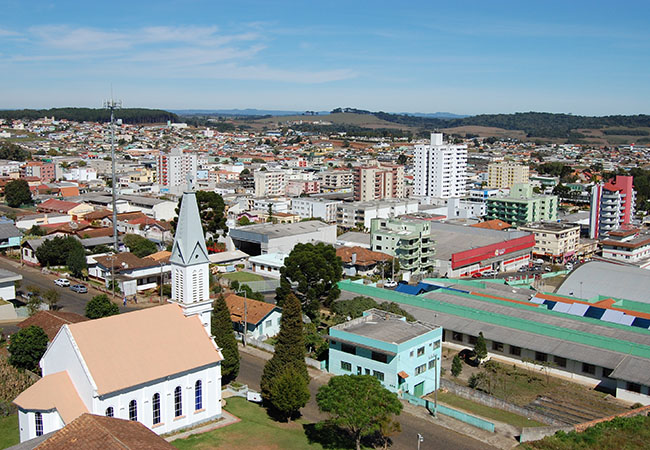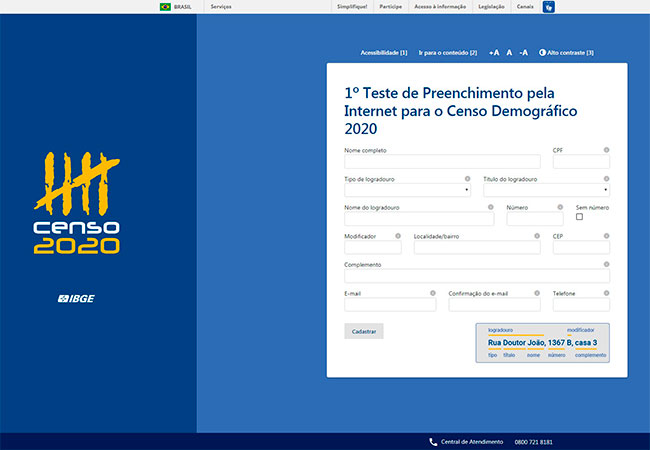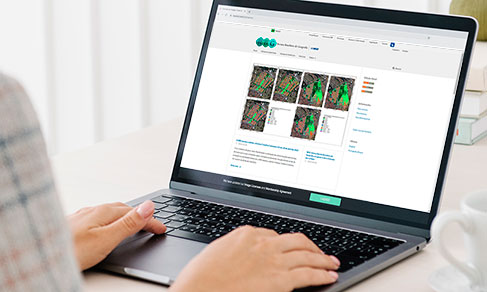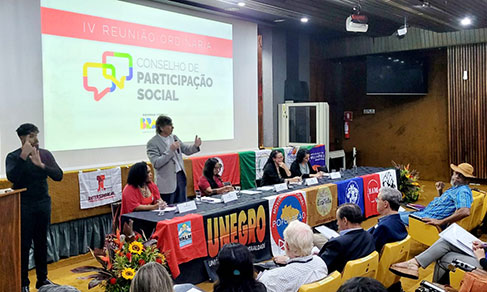2020 Census
Curitibanos (SC) and other 51 cities participating in the internet collection test
May 16, 2018 09h00 AM | Last Updated: June 05, 2018 10h27 AM
The IBGE will carry out the first online collection test for the 2020 Population Census starting next Monday (21). The test will take place in 52 municipalities of the country, spread along the five major regions, including part of the households of all capitals and cities with more than 500 thousand inhabitants, besides Curitibanos (SC), Cravinhos (SP) and Baturité (CE). In 2010, the resource was used in few cases, only as an alternative to face-to-face interview on occasions when it was not possible.

“The main objective of the test is to estimate what we will achieve with self-completion compared to what we would achieve with face-to-face interviews. We will do this for a few municipalities: self-fulfillment first, and then, face-to-face. And then we will compare the results," explained the technical coordinator of the 2020 Population Census, Luciano Duarte.
Among the other objectives of the test is the experimentation of different forms of dissemination of the collection in the cities, as well as evaluating the efficiency of e-tickets delivery (codes of access to the questionnaires) through the Post Office. "It's a very big change in terms of approach, so we ended up including other issues in this test," added Luciano.
Although the questionnaire is identical in all locations, the test will not run equally in all areas. There will be three groups (A, B and C), divided according to their demographic characteristics. The form of disclosure and access to the questionnaires (e-ticket via Post Office, survey agent or granted access) will be different in each of the groups. They are divided as follows:
Group A: about 10 thousand households spread across 49 municipalities (capitals and other municipalities with more than 500,000 inhabitants)
Group B: approximately 3,000 households in three municipalities (9,000 as a whole): Rio Branco (AC), Juiz de Fora (MG) and Goiânia (GO) (They are also part of A.)
Group C: all the households of Curitibanos (SC), Cravinhos (SP) and Baturité (CE)
In the areas where the e-tickets (groups A and B) will be used, code delivery is already being made since last Monday (14) and goes on until the 27th. Residents of the municipalities in group C are being advised to access the test via IBGE portal. The questionnaires, however, will only be available for access next Monday (21), and will be open until June 3.

A matter of strategy
The large-scale introduction of Internet collection is a possibility for the 2020 Census and this is the first assessment of the project viability. Among the concerns are the quality of the data collected in this new format, as well as the technical and logistical issues involved in the novelty.
"The test is very important for the methodological change that is being implemented in the information collection. In 2010, we did some Internet collection, but it was very small. We had no problem with data quality then. But as we will now do something a little more expressive, this will give us the chance to get ready for 2020," said Luciano.
The Internet as a form of collection for demographic research has grown in countries around the world and is a topic that has been widely discussed for the 2020 Census.
"That has been discussed, yes, but the decision is always left aside because we want to wait for the test results, which will give us minimal parameters to know what we can do. In Colombia, for example, they made 5% to 7% of the collection with the Internet. In more developed countries, the figure reached 20%," claimed the technical coordinator of the Census. "What we hope for is that with these results we can think of strategic scenarios for the 2020 Census collection," concluded Luciano.



















